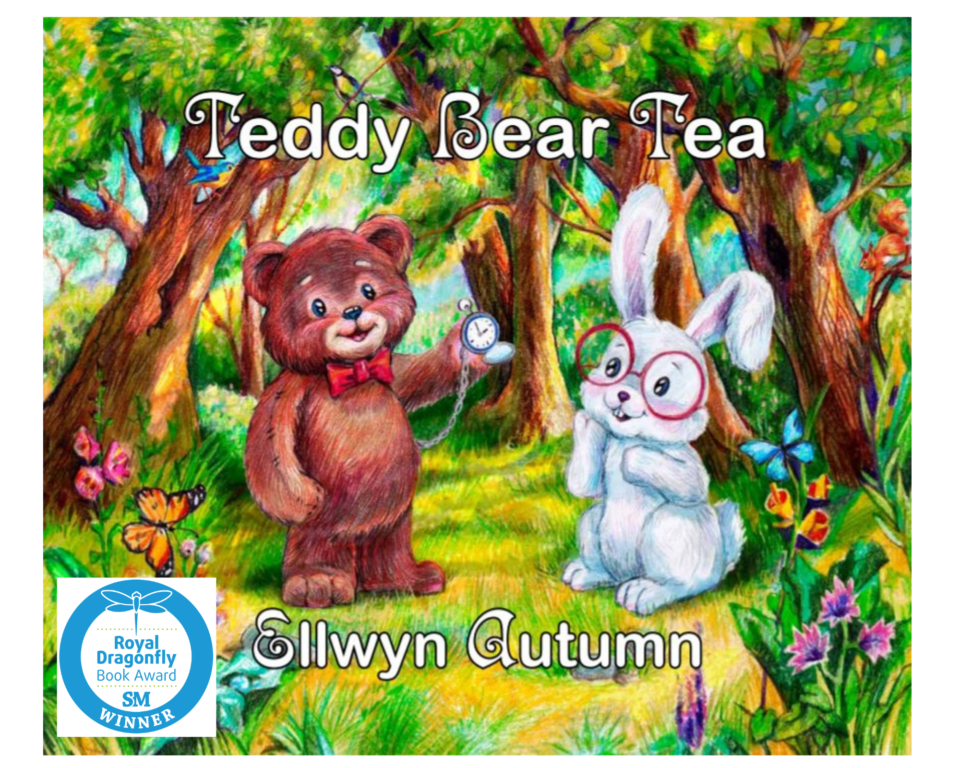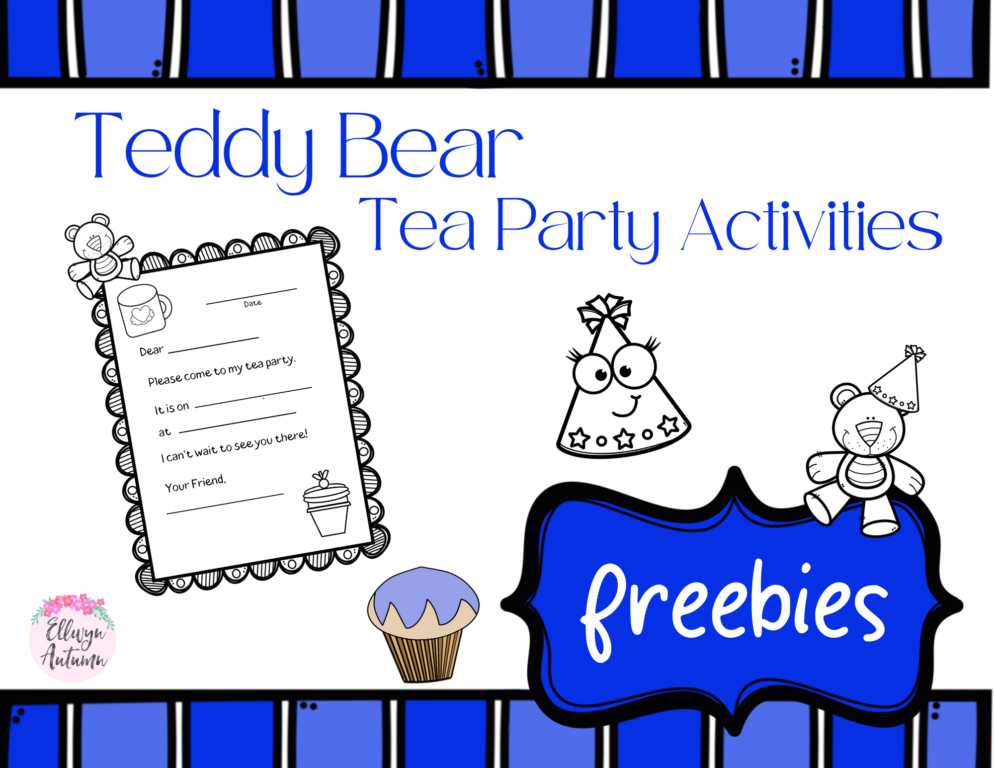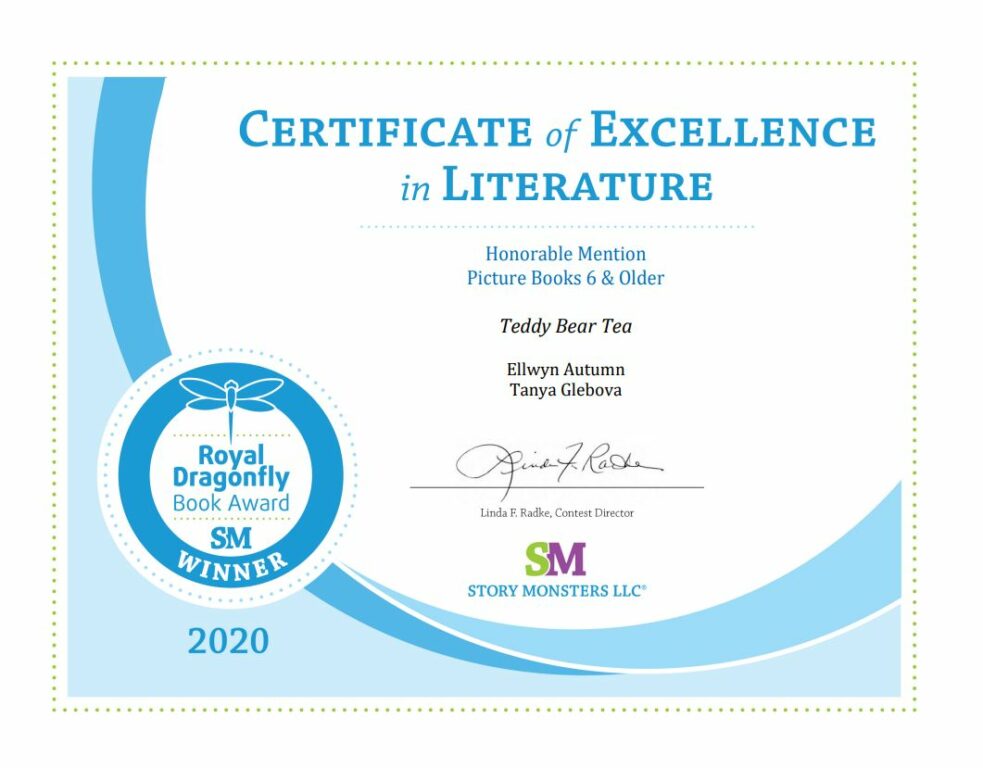
Available on Amazon & Lahaska/Doylestown Bookshops
Synopsis:
It’s teatime in the forest! Come along with Teddy and his Woodland Friends for a lively tea party filled with enchantment and fun. Don’t be late. They’re serving tea at promptly three!
A story of friendship and diversity. Animals of all colors, shapes, and sizes come together for a joyful tea party in the forest.
Teddy Bear Tea Puzzle
https://www.jigsawplanet.com/?rc=play&pid=18006a41ab5d
Teddy Bear Tea Party Favors Lessons

Click here for the FREE lessons.
Book Trailer

Once Upon A Storytime
https://www.youtube.com/watch?v=lnFrUshOnB4
Book Reviews:
Once Upon A Time-Storytime By Pragati Poddar
Reader Reviews:
Christina Francine
https://www.ChristinaFrancine.org Author/Educator
Teddy Bear Tea is a charming picture book that does more than display friends who celebrate time together. The book offers a fun experience that will hold children’s attention and will also prepare them for reading and writing.
The author’s insight orchestrates everything a few different ways. Ellwyn Autumn utilizes physicalities, like book dimensions and illustration choices, and also story elements like plot, setting, and story in rhyme, to provide children with a sense of peaceful freedom while providing them preparation for literacy.
The dimensions of the book are 11.02×0.25×8.5 inches for a reason. Because the book is wider than it is high, it is especially suited to narrative illustration with a focus on setting: the forest.
In Words About Pictures, The Narrative Art of Children’s Picture Books, Nodleman says “The size of a book influences our response to it. We expect rambunctious, energetic stories from large books” (44) and Ellwyn Autumn’s story is large enough to do that.
Nodleman adds that when a book is “wider than they are high” the illustrator is able to “fill in the extra space around the people they draw with information about the places they occupy—their setting” (46).
When there is more detail about the area, viewers “learn more about the characters” (46). Even though Teddy Bear Tea features beautiful forest pictures and cute animals, viewers are likely to focus on characters.
The colors of the illustrations allow for a rich, freedom and quiet peaceful experience. Color choice of mostly greens, blues, and yellows have special effects. The illustrator, Glebova, uses a great amount of green and brown color for the forest, indicating a richness of nature, which adds to the freedom and peaceful element, besides it is lovely, capturing children’s attention (61).
The yellow and blue colors add an element of cheerfulness and serenity (60). The fact the pictures are without frames makes a difference too. Frames create a feeling of being closed in, which has its positive effects. Having no frame adds to the feeling of freedom (50).
Most of the picture pages take up the whole page except for one with four panels on that single page. Here, the panels show four different animals receiving their invitation to the tea.
The illustrations are colorful and peaceful, but the main thing to understand is the intention behind them. A richness of nature in a forest provides mood through something beautiful to look at, while also scattering a sense of freedom.
Nature is wild and spansive. It’s an environment with plenty of room for children to stretch and run around, and yet, a forest is peaceful and quiet too. These are desirable elements for children at bedtime, or who need to settle-down.
Plot offers celebration with friends. Ellwyn Autumn tells her story through the point-of-view of a child who has many animal friends. Whether the child is a boy, or a girl, isn’t revealed allowing any child to step into the position of main character.
The story begins with Teddy Bear and Rabbit deciding to meet later that day for tea. They invite other animal friends who show up and the tea turns into a party that lasts “Until night overtook the day, And we could stay no longer.”
At the end, Teddy Bear and Rabbit recall the tea with a reminder they get to do this again, indicating they are sad the tea is over. They will miss each other. By supplying the reminder, Ellwyn Autumn adds another type of comfort and peace. Children are reminded they too will have fun with their friends.
Teddy Bear Tea is good as a read-a-loud book. Ellwyn Autumn’s decision to tell the story using rhyme increases the fun. Rhyme captures and holds children’s attention while developing their phonological awareness.
Reading and spelling becomes easier, and connects with visualization skills. Notice how pleasant and lyrical Ellwyn Autumn’s word choice is in an exert from the story:
“With a big smile on my face, I quickened my leisurely pace.
Following Rabbit’s command, I took up the task at hand.”
To further attract children’s attention to the words, Glebova enhances them by including hovering illustrations. For example, a blue butterfly sits directly above the word “With” from the first line of the paragraph verse “With a big smile on my face,” and a small straw hat below the whole paragraph stanza on the lower right.
Children will notice these and even point them out. Children will like Teddy Bear Tea, as well as parents and teachers because its charming, offers a sense of freedom, and has the ability to teach.
Its obvious thought went into both the story and the illustrations. If this weren’t enough, Autumn supplies historical information about how the Teddy Bear came to get its name.
At the end of the book is insight to America’s former president Theodore Roosevelt. Because he refused to shoot a bear, most stuffed bears came to be known as “Teddy Bears.”
A recommended picture book.
Works Cited Nodleman, Perry. Words About Pictures, The Narrative Art of Children’s Picture Books. University of Georgia Press. 1988.
